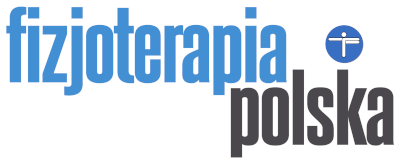Anna Słupik, Katarzyna Zięba, Agnieszka Kwiatkowska, Hanna Tchórzewska, Dorota Szczęśniak, Dariusz Białoszewski
Anna Słupik, Katarzyna Zięba, Agnieszka Kwiatkowska, Hanna Tchórzewska, Dorota Szczęśniak, Dariusz Białoszewski – The prevalence of sleep disorders in women treated for breast cancer – a preliminary report. Fizjoterapia Polska 2007; 7(2), 179-184
Abstract
Background. Women treated for breast cancer tend to assess their sleep quality as poor. This paper presents the preliminary results of a study undertaken to assess the quality and type of sleep disorders in this group of patients. Material and methods. The study group consisted of 23 women aged 41-69 treated at the Centre of Oncology in Warsaw, Poland. The patients had undergone breast cancer surgery 4 weeks to 1 year before the beginning of the study. The control group involved 37 women without a history of cancer. The abridged version of the Pittsburgh Sleep Quality Index (PSQI) was employed. Results. Mean PSQI scores were 7.3 in the study group and 4.5 in the control group. The study group scored higher on five domains of the index (1, 2, 4, 5 and 6). There was no statistically significant relationship between sleep disorders and the patients’ age or the length of time since surgery. Conclusions. 1. Sleep disorders were more common in the study group, which can be attributed to the treatment and its side effects. 2. Sleep disorders can impair the quality of life and should therefore be treated. 3. Further studies of the effect of treatment on sleep quality of patients treated for breast cancer seem advisable.
Key words:
breast cancer, sleep disorder, quality of sleep
| Invalid download ID. |
Pobierz bezpłatnie artykuł w j. angielskim |

